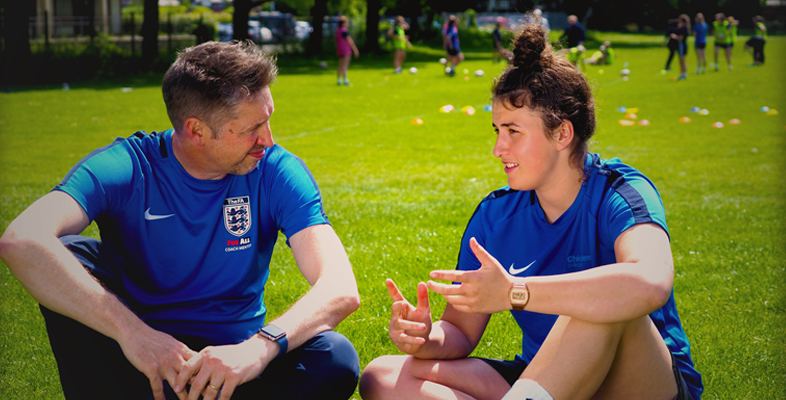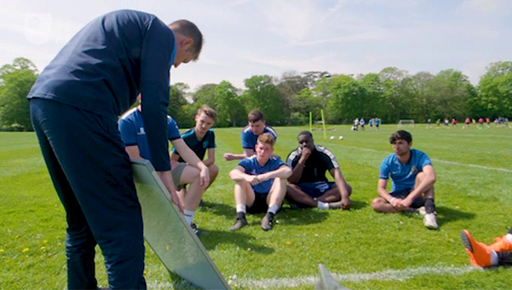4 Instruction: widely misunderstood?
Instruction is widely misinterpreted … [Paul Kirchner] believes most teachers see it as ‘drill and skill, authoritarian, isolated fact accumulation, one size fits all’ when it is nothing of the sort.
All coach developers instruct to some extent. Yet instruction in teaching and sport is often maligned and its important role in learning can be marginalised. Perhaps this is because, as Gustafson (2019) claims, theories of learning – such as social constructivism (from Session 2) – have also been mis-appropriated as a theory of teaching. This has resulted in traditional instruction being perceived as authoritarian and old-fashioned while progressive teaching methods, characterised by minimal teacher input, have become more dominant.
If done well using some basic principles, evidence shows that instruction is very effective (Stockard et al., 2018). Some of the principles of ‘direct instruction’ – as it is formally known by researchers – include ensuring that:
- learners have the prerequisite knowledge to learn something
- there is a clear explanation of what is expected of learners and what you want them to do
- you model the process, show learners how it is done, and try to talk through why you did it.
A more complete explanation of these and other principles follows in the next section.

